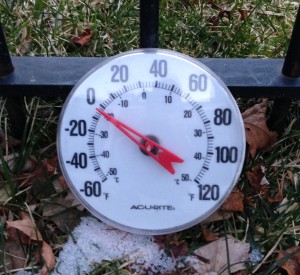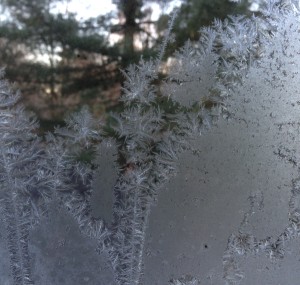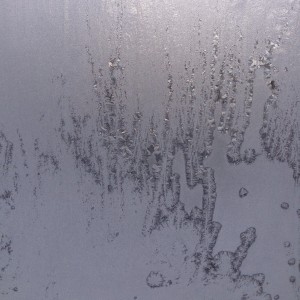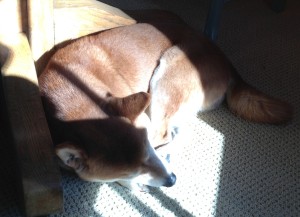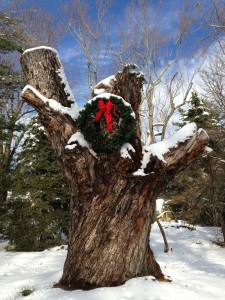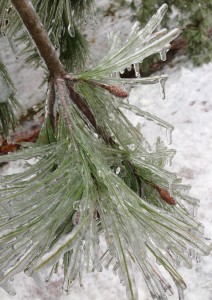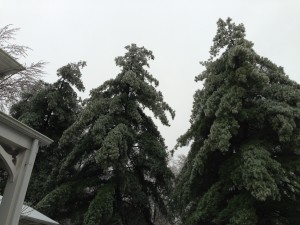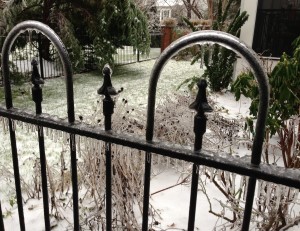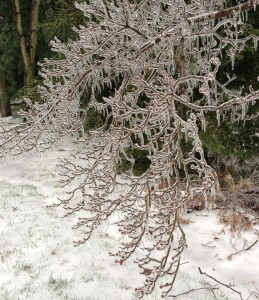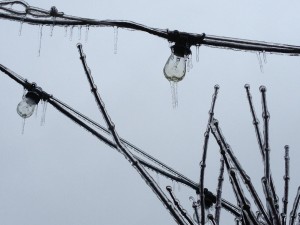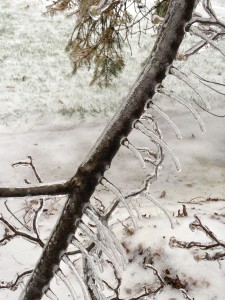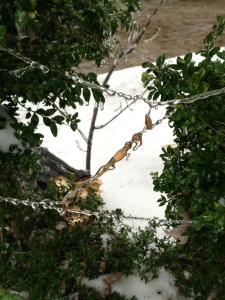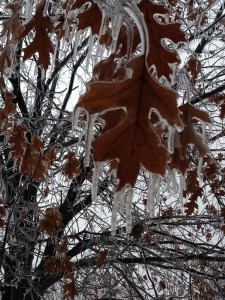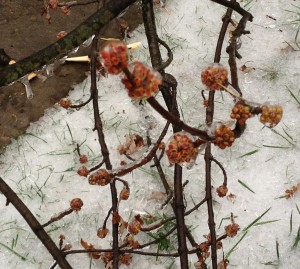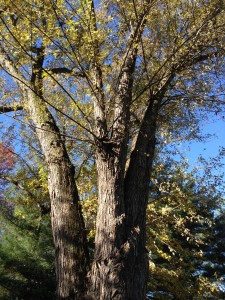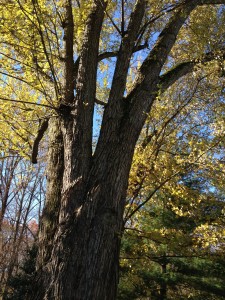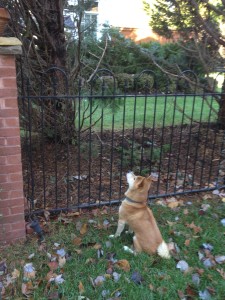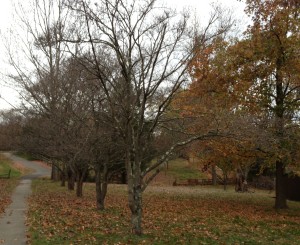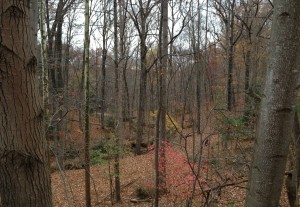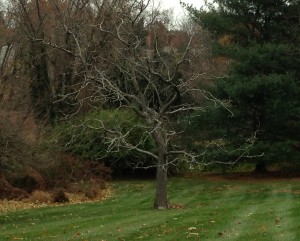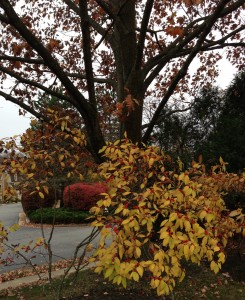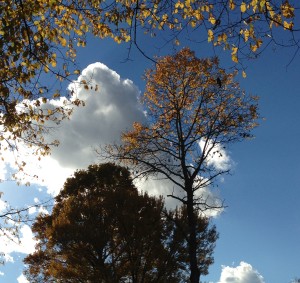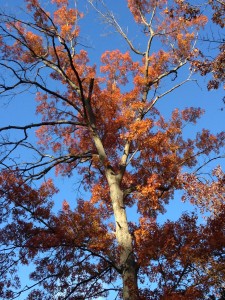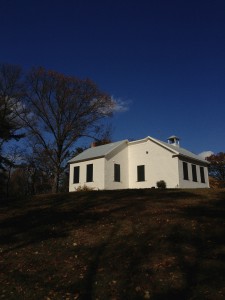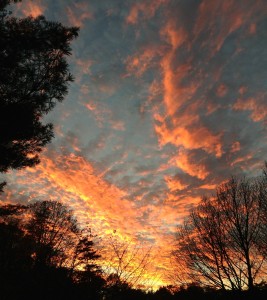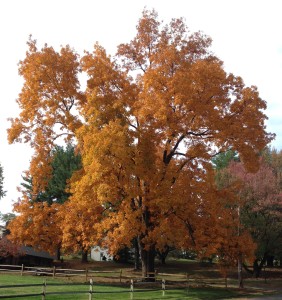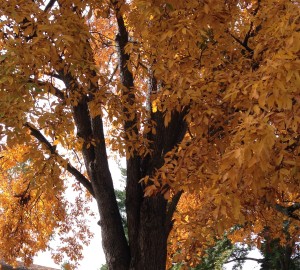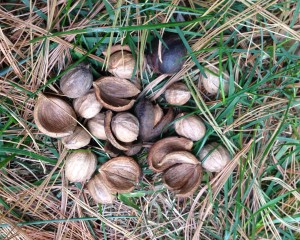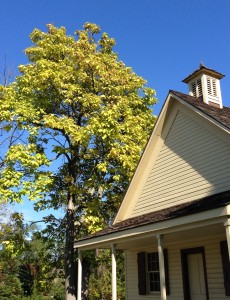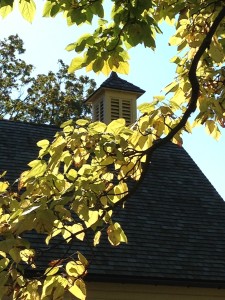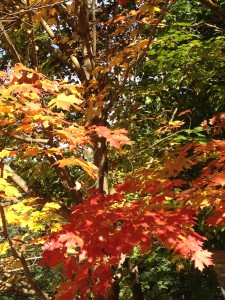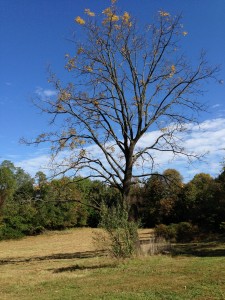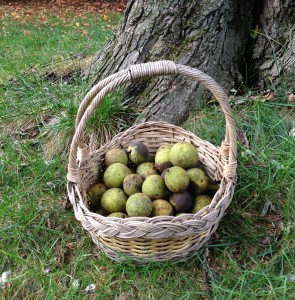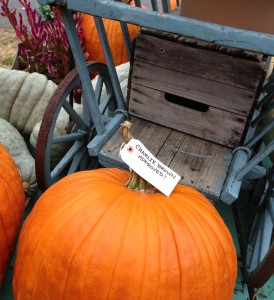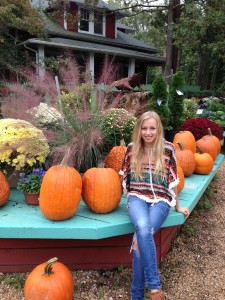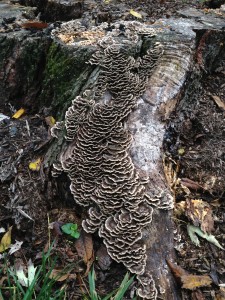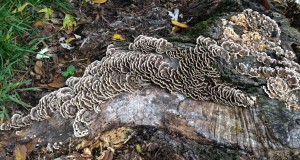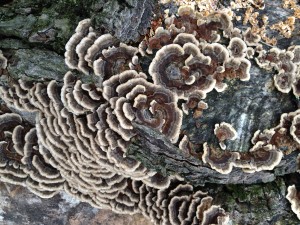The current extreme cold isn’t news to anyone in more than half of the country. Still, it is remarkable. The need to talk about the weather seems to be an almost inescapable element of our humanity. It’s in our nature, and it’s hard to avoid. As we’ve been told, we can blame the deep freeze on the polar vortex, which has gone kinky. Oh dear!
Here in Northern Virginia, for the first time I can remember, school was canceled due to the cold, much to our daughter’s great joy. Our porch thermometer read -1 at 7 AM. D, who enjoys the sleep of the dead on school mornings, was inspired to get up and go out, briefly, just to experience the temperature.
The morning view from our upstairs rooms was almost completely obscured by frost, thanks to our leaky storm windows. If we ever get new windows, we won’t know, immediately upon waking, how to dress for the day. Justification, perhaps, for keeping the old windows.
Kiko and I walked, as usual, around 8 AM. I bundled up sensibly, in layers, as any regular dog walker does. I overdid the bundling, in fact, so I got a little warm. The ice crystals that collected in my scarf were the only indication that this cold was more serious than usual. Kiko kept up a brisk pace, thankfully. He seemed to enjoy the frosty air but had the sense not to linger over the day’s smorgasbord of smells.
When we returned about 45 minutes later, Kiko rushed onto the porch, forgoing his usual attempt to ambush squirrels at the back yard bird feeder. Once inside, he didn’t pause to check his food bowl, but hurried to a sizable patch of sun in the playroom. For several hours, he followed the sun to spots it rarely takes him. He kept himself tightly curled, like a little fox. My furry friend had evidently felt the chill.

A day off school often seems like a break from ordinary time, so I decided to do something different and make French onion soup for lunch. Standing by the stove, caramelizing onions, working the New York Times crossword while listening to John Prine and Robert Earl Keen turned out to be an ideal way to keep warm in our drafty house. Maybe this afternoon, I can convince D to watch the last half of Downton Abbey with me.
To all of you sharing this icy spell, I wish you safety, warmth, comfort, and a welcome break from the usual!

